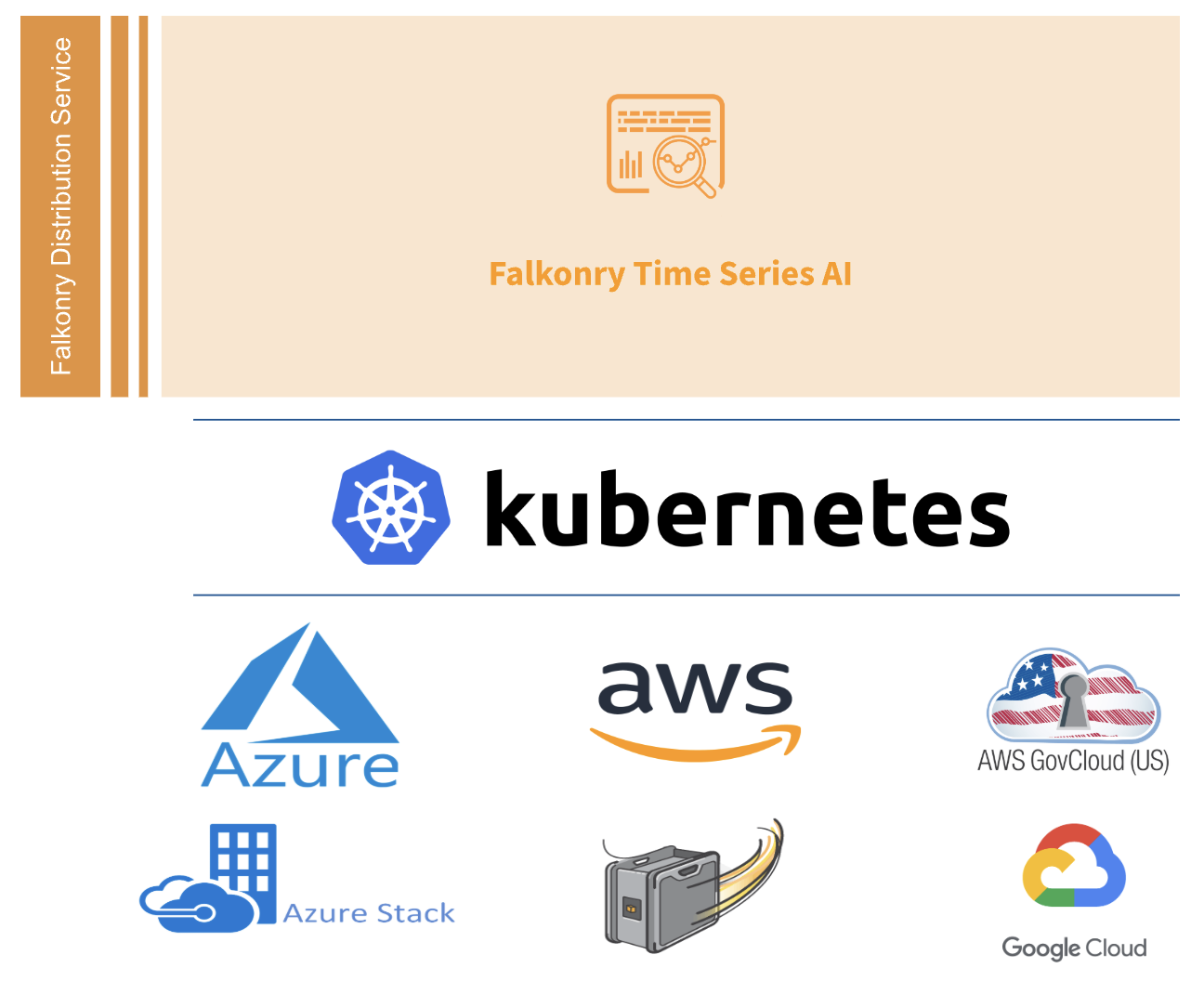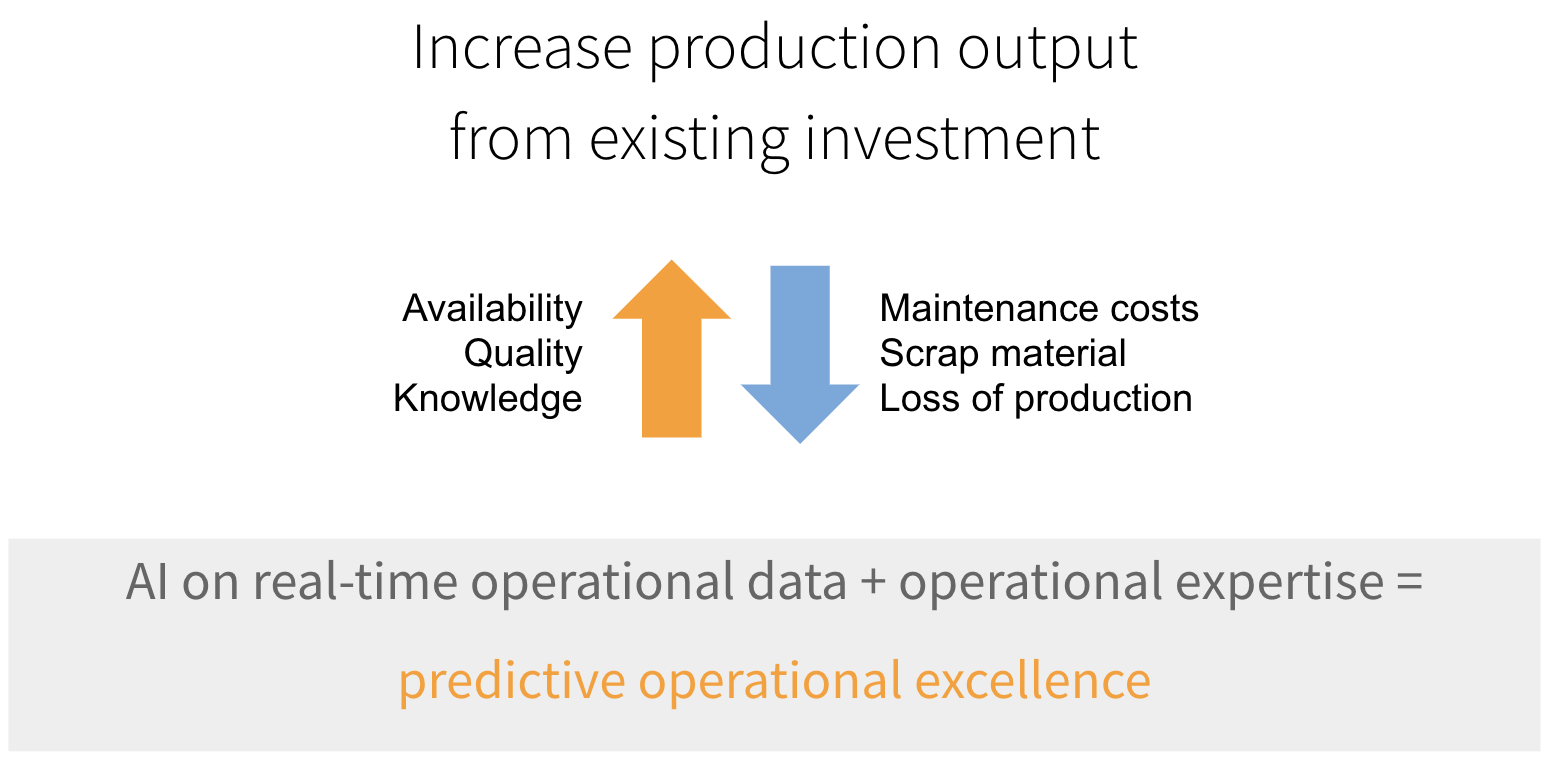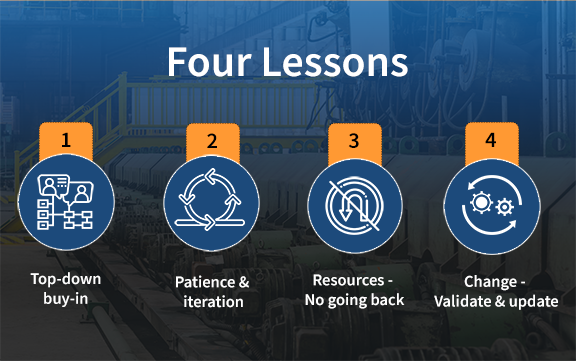One Software Version for SaaS, Private Cloud, and Airgap Deployments
Key Takeaways:
- Customers should not worry about their choice of computing infrastructure when selecting strategically important software. It should just work.
- Strategic software, such as AI, is often available only in a specific cloud. However, that does not work for most industrial and national security organizations.
- The Falkonry approach provides secure, reliable and consistent deployment while minimizing IT operating costs, risks and service interruptions.
Consistently releasing high-quality software is the goal of every software company. Falkonry strives to build, test and deliver every software release in a production-ready form so it can be deployed without failure or interruption. The adoption of Agile development strategies has helped teams release software more often and made feature release delivery predictable. However, making sure that software is ready for production deployment still comes as a challenge. “It worked fine on dev, looks like an ops issue now” used to be a common, if unsatisfactory refrain among software developers. SaaS companies have made great progress in software deployment and have, for the most part, addressed that challenge. The next challenge is to offer SaaS-like predictability in deployments across every single customer infrastructure choice: from shared or private clouds to fully air-gapped systems. Ensuring secure, reliable, and consistent installation in all environments takes special design, planning and review.

Working with industrial and national security organizations, security was our first goal. Strong security requires physically carrying the software on an offline storage device to a data center, not needing administrative privileges for the software to run and not altering any existing security settings. The software needed to be verifiably isolated from the underlying operating system and storage.
The second goal – reliability – was to ensure no software environment became unusable. In traditional practice, different files have to be set up for each infrastructure provider and the process repeated multiple times per application. This is often a manual process which makes it prone to human error. This created a need for all settings to be automatically selected based on the infrastructure on which the software was to run, thereby eliminating the need for Falkonry or customer IT teams to carry out manual configuration during the setup procedure.
The third, and final goal, was to achieve consistency of software version across all our deployments in each infrastructure provider. With SaaS, there is only one party that hosts the software so there is only one version of software at any given point in time. However, the requirement to support hosting in a wide variety of environments would cause there to be several different versions unless all the deployments are automatically updated to the same version as soon as a new version becomes available. This is regardless of whether the deployment is airgapped or not. With this automated and continuous upgrade process, we have successfully operated many different Falkonry software environments without having to support different versions at the same time.
To achieve these goals we made a number of technical choices in the Falkonry software and its required infrastructure services. The decision in 2014 to package Falkonry software products into containers was an early strategic move to achieve security, reliability and version consistency. Containers make installations more secure since they can be signed, indicating if they have been tampered with. Security is further enhanced because vulnerabilities and similar urgent issues can be addressed in a few minutes simply by deploying a new container instead of the hours or days it can take for the customer’s IT department to roll out patches. Containers also make installations more reliable because they guarantee that the required versions of the various software dependencies are installed without effort by the customer IT team. Containers also package programs and their dependencies in a way that is much more portable between environments so that we are able to use the same software version across a wide range of deployment targets. Adopting Kubernetes, a very popular method of implementing container orchestration, in 2015 helped us improve our installation reliability by further reducing the need for manual configuration management. This made installation and support significantly easier by taking away the complications of networking, resource configuration and scaling of the underlying infrastructure. Kubernetes has also allowed us to dynamically scale resources (in cloud installations) thereby reducing operating costs, by taking advantage of the same automatic resource allocation capabilities.
When you work with Falkonry, you can expect to:
- focus on the operational challenges you want to address rather than on the infrastructure needed,
- scale in a way that works for your organization,
- minimize IT operational costs and risks,
- eliminate software installation delays, and
- adhere to standard IT policies for software and network management.
It is still a dream of many companies to provide the kind of peace of mind that Falkonry provides – flexible, scalable, zero-touch. We believe this approach is easier to adopt and improve over time. It removes risks and reduces costs for customers on their journey towards achieving AI-enabled operational excellence.





